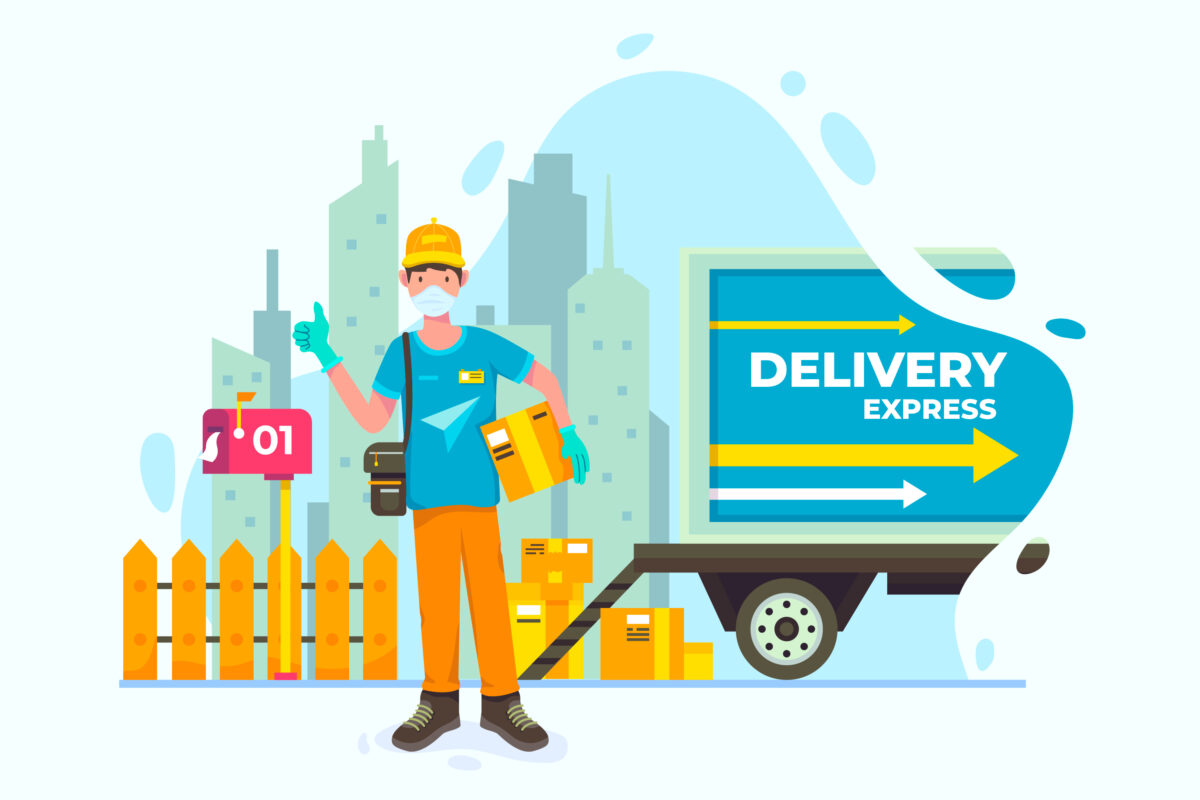Conquering Last-Mile Delivery in the UAE: Expert Tips for E-commerce Businesses

The e-commerce landscape of the United Arab Emirates has been a global Hotspot. This change can be attributed to the new-age technologies that have fueled a Renaissance in the customer’s preferences. Nevertheless, one major hurdle that continues to lurk in the corner is the optimization of last-mile delivery. It is the journey of a product from the distribution center to the customer’s doorstep. This article, therefore, delves deeper into expert tips for e-commerce businesses looking to conquer last-mile delivery in the UAE.
Understanding the Last-Mile Challenge
The challenges associated with last-mile delivery majorly pertain to the ones associated with urban areas with dense populations such as Dubai, Abu Dhabi, etc. Inundated traffic and hard-to-find addresses are some major factors that affect this process. Moreover, customers nowadays prefer same day or next day delivery, i.e they are keen to get products as fast as possible. Sometimes, these expectations also pose a major hurdle in the last mile.
According to a report by PwC, last-mile delivery can account for up to 53% of the total delivery cost, making it a critical aspect of e-commerce logistics. Inefficiency at this stage not only leads to increased costs but also results in poor customer experiences, leading to lost sales and damage to brand reputation.
Expert Tips for Conquering Last-Mile Delivery
- Invest in Technology Solutions
One of the most effective ways for e-commerce businesses to optimize last-mile delivery is by leveraging technology solutions. This includes utilizing route optimization software, real-time tracking systems, and delivery management platforms. Using the latest advances and staying updated can streamline delivery routes, and provide customers with accurate delivery ETAs, while also monitoring the performance of the delivery fleet in real-time.
- Embrace Collaborative Delivery Models
Collaborative delivery models, such as crowdshipping and peer-to-peer delivery, have emerged as viable solutions to address last-mile challenges. These models involve utilizing existing resources, such as independent couriers or nearby individuals, to fulfill deliveries more efficiently. By collaborating with a network of local couriers or leveraging idle capacity in private vehicles, e-commerce businesses can reduce delivery times and costs while enhancing scalability.
- Optimize Warehouse and Inventory Management
Efficient warehouse and inventory management play a crucial role in ensuring smooth last-mile delivery operations. By optimizing inventory levels, strategically locating warehouses in the heart of a metropolis, and implementing efficient picking and packing processes, businesses can minimize order fulfillment times and reduce the distance traveled during delivery.
Automation technologies, such as robotics and RFID tracking systems, can further streamline warehouse operations and improve inventory accuracy. Moreover, implementing a distributed warehouse network or partnering with third-party logistics providers (3PLs) can help businesses position inventory closer to customers, reducing delivery distances and accelerating order fulfillment.
- Prioritize Customer Communication and Engagement
Effective communication is key to providing a positive last-mile delivery experience for customers. Providing regular updates on order status, delivery ETAs, and any potential delays helps manage customer expectations and build trust. Utilizing SMS notifications, email alerts, and mobile apps can keep customers informed throughout the delivery process and provide them with the flexibility to reschedule deliveries or provide specific instructions.
Furthermore, offering multiple delivery options, such as express delivery, scheduled delivery slots, and click-and-collect services, cater to diverse customer preferences and increase convenience. By prioritizing customer communication, e-commerce businesses can differentiate themselves in a competitive market and foster long-term customer loyalty.
- Ensure Last-Mile Sustainability
Sustainability is becoming increasingly important in the delivery industry, with consumers expecting eco-friendly and carbon-neutral delivery options. E-commerce businesses can reduce their environmental footprint by optimizing delivery routes, utilizing electric or hybrid vehicles, and implementing packaging solutions that minimize waste.
Conclusion
Conquering last-mile delivery in the UAE is essential for all e-commerce businesses looking to thrive in a competitive market. By investing in the aforementioned measures, businesses can overcome the challenges associated with last-mile logistics and provide exceptional delivery experiences to their customers. With the right strategies and partnerships in place, e-commerce businesses can turn last-mile delivery into a competitive advantage and drive growth in the dynamic UAE market.
Sources:
- PwC, “Last mile delivery: What shoppers want and how to save retail,” 2019.
- Forbes Middle East, “Logistics startups are transforming the UAE,” 2023.
- Wamda, “Sustainability takes center stage in UAE’s delivery sector,” 2022.
- Gulf News, “UAE’s e-commerce sector to grow exponentially by 2025,” 2023.
- Dubai Chamber of Commerce & Industry, “E-commerce in the UAE: Trends and Opportunities,” 2022.
Also Read: Tips to Choose the Best Ecommerce Analytics Solutions








